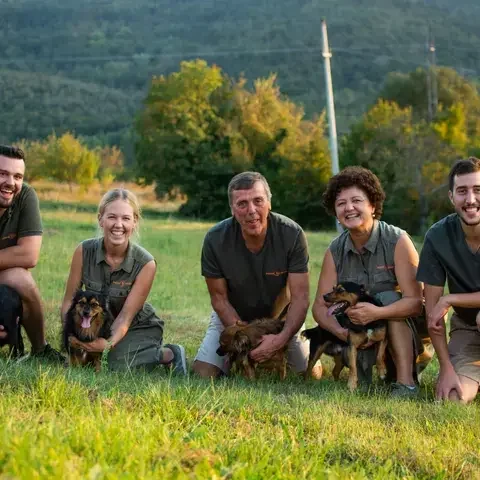The newly announced venture sold out over 1,000 memberships in less than a minute, raising an initial $14 million earlier this year, and already has a 15,000-person active Discord according to David Rodolitz, the co-founder and CEO of VCR Group, and founding partner of Empellon Restaurant Group. Rodolitz says they're already seeing a community of crypto, NFT and food and drink enthusiasts getting to know each other, in a space where ‘social currency’ is king. In as little as five years time, he believes we'll live in a world in which our 'digital wallets' will reveal more about who we are than our social media or Linkedin accounts.
Unlike NFT art, this project is focused on utility. "We have hoped and encouraged people buying the tokens to use them, not just for potential appreciation,” Rodolitz explains. The group has even held back a bunch of tokens, to ensure that members will ideally be able to frequent the club multiple times a month and even lease their membership when they’re out of town. Unlike the membership fee, food and drink inside the club will be paid for in good old-fashioned USD. “We’re going to be sourcing and providing a very high-level experience and the freshest ingredients from around the world. It’s not going to be apologetic when it comes to pricing, it’s also not going to be egregious,” says Rodolitz of the expected menu price point.
From a business perspective, the unconventional move arrives at a time of huge challenges in an industry battered by the ongoing Covid storm, compounded by rising costs, inflation, and supply chain issues. The NFT model disrupts the conventional 'EBITDA' (earnings before interest, taxes, depreciation and amortisation) model of making money in the restaurant industry, or the "losing proposition", as Rodolitz calls it.
Instead of a restaurant making money by hoping that their revenue exceeds their expenses, the group have discovered what Rodolitz calls a "remarkable innovation", which sources funding in advance. “We found a new, modern way of creating a new financial model around food and beverage, which creates a little less vulnerability.” In what would appear to be a win-win model for both restaurateur and customer, Rodolitz explains that businesses can potentially hire better talent and occupy a more sought-after space with higher rent, yet the consumer doesn’t end up footing the costs, even if food and vendor costs continue to rise.















